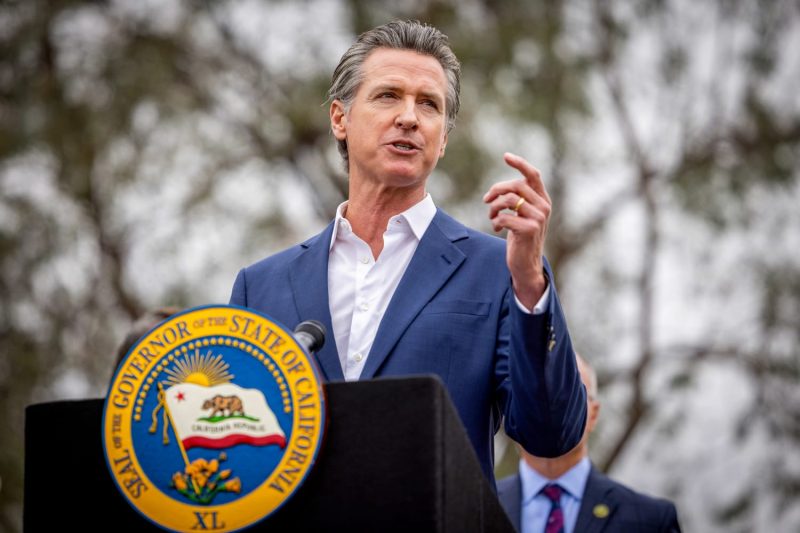The recent announcement by California Governor Gavin Newsom concerning rebates for residents if President Trump removes the federal electric vehicle tax credit has sparked both interest and controversy among citizens. Newsom’s decision to offer rebates appears to be a strategic move to encourage the adoption of electric vehicles, highlighting the state’s commitment to combating climate change. However, the potential implications and effectiveness of this policy warrant a closer examination.
One of the key points raised by Governor Newsom is the importance of promoting clean energy solutions and reducing greenhouse gas emissions. By incentivizing the purchase of electric vehicles through rebates, the state aims to accelerate the transition away from fossil fuel-dependent transport. This aligns with California’s ambitious climate goals and reinforces its reputation as a leader in environmental policy.
While the motivation behind the rebates is commendable, some critics argue that the initiative may have limited impact on achieving broader emission reduction targets. The success of electric vehicle adoption hinges on various factors, including the availability of charging infrastructure, vehicle affordability, and consumer preferences. Rebates, while helpful in lowering the upfront cost of electric vehicles, may not address these barriers comprehensively.
Moreover, the decision to tie rebates to federal policy changes raises questions about the sustainability and long-term viability of such incentives. Relying on external circumstances, such as changes in federal tax credits, introduces uncertainty and could undermine the effectiveness of the state’s efforts to promote electric vehicle uptake. A more holistic approach that considers a range of incentives, infrastructure improvements, and regulatory measures may yield more lasting results.
Another aspect worth considering is the equitable distribution of rebates and benefits among residents. Ensuring that rebates reach those who need them most, such as low-income households or communities disproportionately impacted by pollution, is essential for promoting social justice and inclusive environmental policies. Without adequate targeting and support mechanisms, the benefits of rebates may accrue primarily to wealthier individuals, exacerbating existing disparities.
In conclusion, Governor Newsom’s proposal to offer rebates to residents in response to potential federal changes to the electric vehicle tax credit reflects a proactive stance on environmental issues. However, the ultimate success of this initiative will depend on addressing broader challenges related to electric vehicle adoption, ensuring equitable access to benefits, and designing a comprehensive policy framework that goes beyond short-term incentives. By engaging in dialogue, considering diverse perspectives, and monitoring outcomes, California can continue to drive progress towards a sustainable and low-carbon future.

